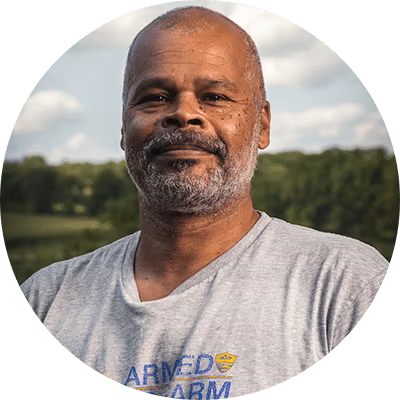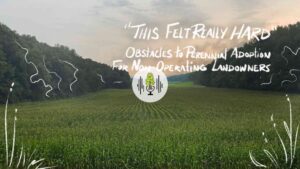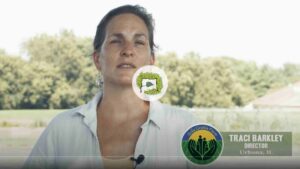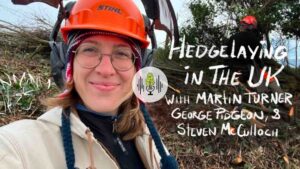Northeast Agroforestry Road Trip Part I: Sven Pihl, Seva Water, and Joe Orefice

Sven Pihl
Summer is here! And that means it’s road trip time. Last fall, a couple of Savanna Institute staff members got to go on a road trip to visit some of the leading agroforesters in the northeastern US. They also recorded interviews with several of them.
Sven Pihl was one of the staff members on the trip. Sven is a technical service provider for the Savanna Institute in Illinois, but he spent much of his agroforestry career in the northeast. For Sven, the trip was a chance to reconnect with some of his old friends and colleagues.
To help set the stage for listening back to the road trip recordings, podcast host Jacob Grace asked Sven to tell about his experiences working in the northeast, and a little bit about the agroforesters that they visited. There are plenty of differences between farming in the Midwest and farming in a place like New York state or Massachusetts, but a lot of similarities, too – at least from an agroforestry perspective. Sven also talked about his background in permaculture, and some of the points of connection between permaculture and agroforestry, a topic that came up in several of the interviews as well.
Transcript has been edited for brevity and clarity:
Jacob Grace: Can you say a little bit about how agroforestry is different in the northeast from here in the Midwest?
Sven Pihl: Sure. I’m in central Illinois, and it’s pretty close to being as flat as pancake. So I would say the land base is entirely different. There’s a lot more diversification in farming. Here it’s primarily corn and beans, but in the northeast, it’s anything from dairy to vegetables… It’s just more diverse. And a lot of the farms are smaller, you know, let’s say in Vermont, you’ve got a vegetable farm that’s two acres. Five acres. In Connecticut, it’s the same way, New Hampshire, same way. But it also seems like a very close knit land based community. It’s a different type of farm farming community than I’ve found here.
Jacob: You mentioned the connections between agroforestry and permaculture. And I know that’s part of your background. And I know that came up in some of these interviews with the different folks. People often find the Savanna Institute through permaculture. And it’s not exactly the same thing as agroforestry, but there are a lot of connections. And would you be able to say a little bit about that?
Sven: Sure. So I would say permaculture is more tied to ethics and principles. But in my case, it really comes down to design process. Permaculture is a design process. And I believe it’s 100% applicable to agroforestry. Agroforestry is more of a set of practices. You know, your riparian buffers, your windbreaks, your alley cropping. So I use a lot of permaculture in my agroforestry design, the design process side of things. I think the two go hand in hand very nicely.
Links
Sven Pihl – Savanna Institute
Seva Water – Regenerative Design Group
Nutwood Farm – Seva Water
Joe Orefice – Yale
Hidden Blossom Farm – Joe Orefice
Listen to Recent Episodes

“This Felt Really Hard” – Obstacles to Perennial Adoption for Non-Operating Landowners
Host Jacob Grace talks with his friend Alex about her family’s experiences as non-operating landowners trying to establish perennial management on their historic Wisconsin farm, and the hurdles and roadblocks they have encountered along the way.

Agroforestry for Community Food Security
Sola Gratia in Urbana, Illinois grows food for a community where one in 10 people and one in eight kids don’t know where their next meal is coming from.

Hedgelaying in the UK with Martin Turner, George Pidgeon, and Steven McCulloch
This January, Savanna Institute staff member MJ Oviatt visited the UK to study hedgelaying with members of the Blackdown Hills Hedge Association. In this episode, we hear MJ’s recorded conversations with hedgelayers Martin Turner, George Pidgeon, and Steven McCulloch.

